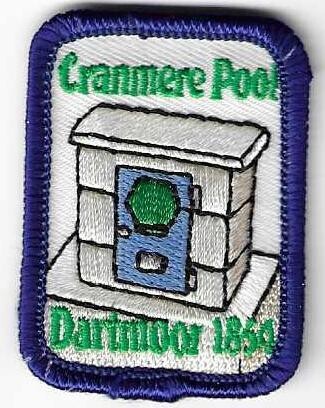Letterboxing, Black Diamond troop's own IP (Original)
Requirements:
To earn this IPP, complete at least 7 of the following activities including the starred one. Two (2) Skill Builders One (1) Technology One (1) Service Project One (1) Career Exploration Two (2) activities from any category that you choose
Purpose: To increase one’s knowledge and understanding of Letterboxing (low tech treasure hunt)!
Skills:
1. *Learn about letterboxing. When and where did this sport start? Where are some of the oldest letterboxes in the US? You can search on line at www.letterboxing.org or www.atlasquest.com or check out books on the sport.
2. Many letterboxing clues use compass bearings and paces to locate a box. Master finding your way with a compass and learn how many paces you have in 100 feet. This will help you in future hunts!
3. *Pick a letterboxing nickname for yourself. Learn how to carve a stamp representing you or your nickname. Create your own personal letterboxing journal to go with it. Decorate the front and label the first page with your letterboxing name, an image of your stamp, and the date.
4. Letterboxing is only regulated by the people finding and placing letterboxes, meaning everyone involved needs to follow rules and guidelines. Using www.letterboxing.org or www.atlasquest.com or other sources about letterboxing identify three basic rules for letterboxing. Make a poster with these rules, and add a few of your own that will help Girl Scouts remain safe while letterboxing.
5. With an adult, visit www.letterboxing.org or www.atlasquest.com or www.geocaching.org to identify a letterbox you would like to find and go on a treasure hunt! Be sure to follow all local and Girl Scout safety standards.
Technology:
6. Visit www.letterboxing.org or www.atlasquest.com to learn more about letterboxing. With an adult create a screen name for your troop or group so you can explore different letterboxes in your area. Find out how many, if any, letterboxes are in your town, county, and/or state.
7. Visit www.geocaching.com to learn more about geocache/letterbox hybrids. Are there any boxes of this type in your town, county or state? How has geocaching used technology to build on letterboxing?
8. Have a great stamp design created on your computer? Learn different techniques for making your design a reality. Will you carve, commission, or buy a pre-made stamp that’s similar? Using a different technique than you used before create another stamp with this new design.
Service Projects:
9. Using the guidelines from www.letterboxing.org or www.atlasquest.com, create and place your own letterbox. Be sure to register it on the same web site so others can enjoy it!
10. Invite a Brownie or Junior troop to go letterboxing with you. If there aren’t many letterboxes in your area, set out temporary boxes for the girls to find. Challenge yourself to create interesting clues, creative stamps, or lessons you can teach with each box.
11. Help a Brownie or Junior troop earn their Letterboxing Try-it or Badge.
Career Explorations:
12. Brainstorm ways letterboxing may be used in different careers and design a letterbox around your ideas or use one of these. Design a lesson plan for children using letterboxing to help teach a math, science or reading concept. Design a stamp that represents something unique to a local park, museum or place of interest. How could the staff of that place use letterboxing to share their knowledge of this location. Think “inside the box” and design a set of boxes to walk somebody through a large museum, zoo or other attraction making sure to take them to exhibits most people miss.
13. Think about your future! Play the role of a journalist and write a review of your letterboxing experience. How did it differ from what you expected? What did you learn? What did you enjoy? What would you change about your experience? If you want to get others excited about letterboxing, submit your reviews to your school, local newspaper, Girl Scout publication or a favorite magazine.
